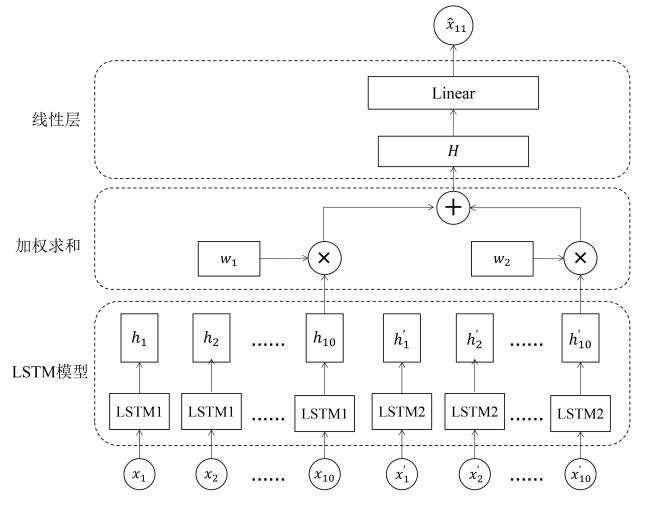期货价格的预测方法可分为传统的统计学方法和人工智能方法。常见的统计学模型包括差分整合移动平均自回归模型(Autoregressive Integrated Moving Average Model,ARIMA)
[5]、Engle
[6]提出的自回归条件异方差模型(Autoregressive Conditional Heteroskedasticity Model,ARCH),以及Bollerslev
[7]提出的广义ARCH模型(Generalized Autoregressive Conditional Heteroskedasticity,GARCH)等。但统计学模型由于无法捕捉期货价格序列中的非线性特征,有一定局限性。随着大数据时代的到来和神经网络的快速发展,研究人员将神经网络应用到农产品期货价格预测中。刘锦源
[8]将集合经验模态分解(Ensemble Empirical Mode Decomposition,EEMD)方法与长短时记忆(Long Short-Term Memory,LSTM)结合,提升农产品期货价格模型性能;罗千惠
[9]提出基于分解的LSTM模型,在农产品期货价格预测上性能优异;Jarrah和Salina
[10]应用循环神经网络(Recurrent Neural Network,RNN)对沙特的期货市场价格进行预测,与ARIMA模型相比其预测结果更准确。













